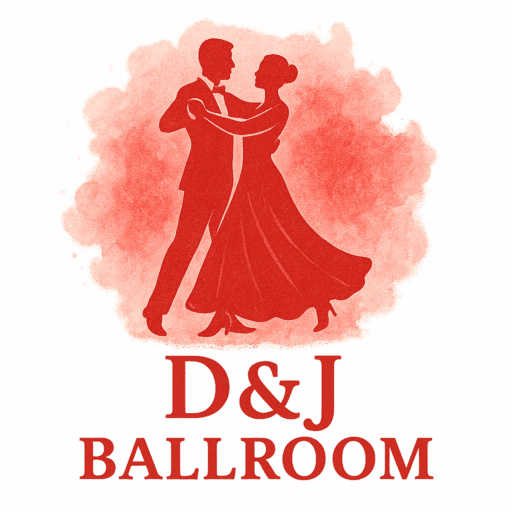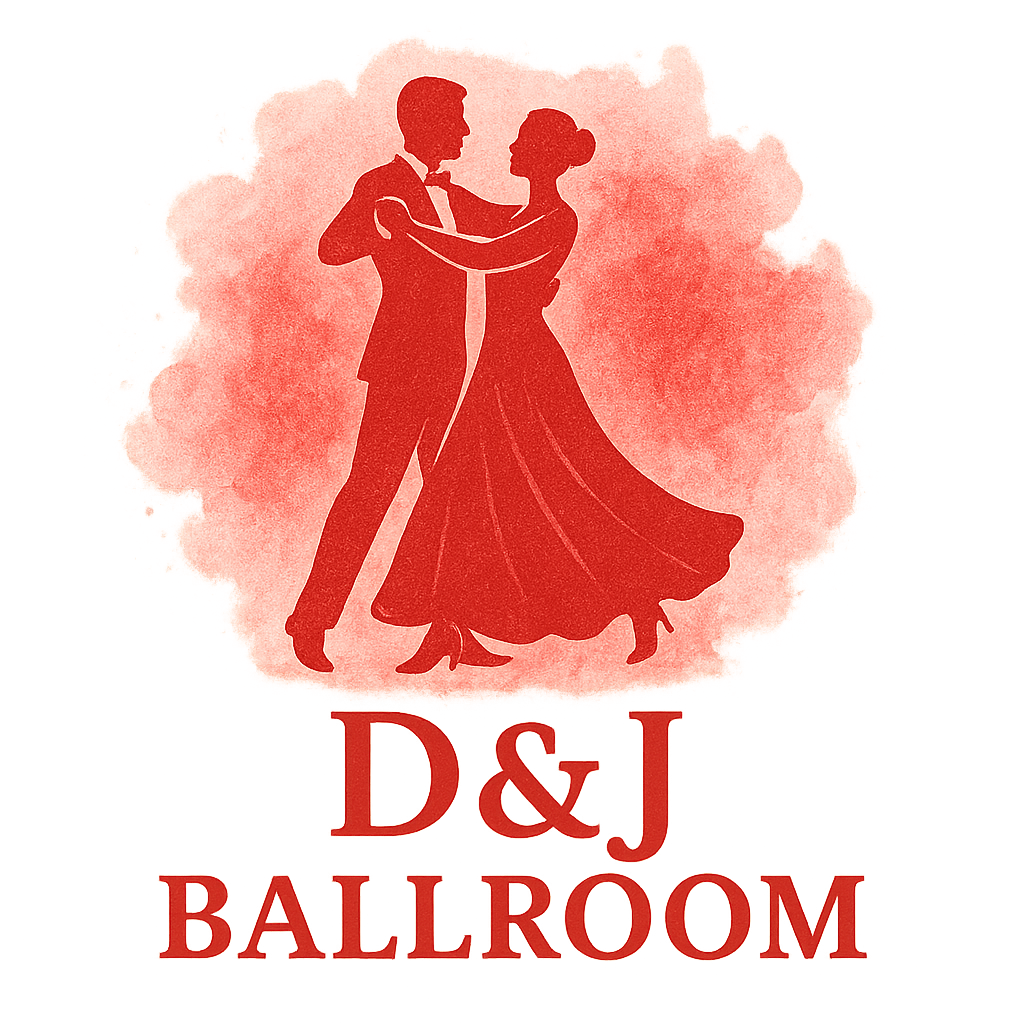Introduction to Ballroom Musical Timing
Ballroom dancing isn’t just about elegance—it’s about harmony with music. The key to unforgettable performances lies in musical timing. Without it, even polished steps can feel off. The best part? You don’t need a studio to work on it. With a few focused drills, you can train at home. If you’re curious about the cultural roots of timing in dance, check out the history and culture of ballroom.
Why Musical Timing Matters in Ballroom Dancing
Connection Between Music and Movement
Music is the heartbeat of ballroom. Each beat provides a structure for your steps—like punctuation in a sentence. If your movements miss the rhythm, the entire dance feels disjointed. This is why timing sits at the core of ballroom dance techniques.
Timing as the Foundation of Expression
From the drama of tango to the grace of waltz, timing brings out emotion. It allows dancers to highlight accents, pauses, and transitions in the music—transforming steps into storytelling.
Preparing for Ballroom Technique Drills at Home
Choosing the Right Space
You don’t need a grand ballroom—just a clutter-free area at home. A living room or hallway works fine as long as you can move comfortably.

Tools and Music You’ll Need
Create a playlist with authentic ballroom dance styles: waltz, cha-cha, rumba, tango. Use speakers or headphones for clear sound. A mirror helps with posture checks.
Warm-Up Essentials
Warm up with light stretches and gentle movements. Not only does this prepare your muscles, but it also sharpens your awareness of rhythm.
Drill 1: Walking to the Beat
Simple Step Practice
Begin with the most fundamental drill: walk to the beat. Sync each step with the music. It may seem basic, but this builds strong rhythmic awareness.
Counting Along with Music
Say the counts aloud—“1, 2, 3” or “slow, quick, quick.” This simple drill trains your brain to match steps with rhythm, the same foundation used in dance training drills.
Drill 2: Weight Transfer with Timing
Side-to-Side Shifts
Shift your weight from one foot to another, always aligned with the beat. This builds timing and balance.
Adding Rise and Fall
Introduce gentle rise and fall to mimic waltz or foxtrot movement. It enhances body control while staying connected to the rhythm.
Drill 3: Slow Waltz Box Drill
Practicing with 1-2-3 Counts
Perform the classic waltz box: forward on “1,” side on “2,” close on “3.” The steady 3/4 rhythm is iconic in waltz dancing.
Refining Flow and Posture
Maintain smooth, flowing steps and tall posture. Imagine gliding across a ballroom floor, even if you’re just in your kitchen.
Drill 4: Cha-Cha Rhythm Drill
Quick-Quick-Slow Timing
Dance the cha-cha with its lively rhythm: “2, 3, cha-cha-cha.” The quicker beats sharpen your precision.
Adding Hip Movement
Bring in Cuban motion from the hips. Timing isn’t only about your feet—it’s expressed through your whole body. This is a key element of Latin ballroom techniques.
Drill 5: Rumba Timing Isolation
Slow-Quick-Quick Rhythm
Practice the rumba box step with its signature “slow, quick, quick” rhythm. The slow beat challenges your control.
Expressive Body Isolation
Use your torso and hips to enhance the rhythm. Rumba is often called the “dance of love,” and its timing emphasizes expression. Explore more in Latin dance styles.
Drill 6: Tango Walking Drill
Sharp Movements with the Beat
Tango thrives on drama. Walk forward and back with sharp, deliberate steps, synced to the beat.
Staccato vs. Smooth Timing
Alternate between staccato (sharp, quick) and smooth glides. This contrast highlights the passionate accents of tango.
Drill 7: Musical Pause and Accent Drill
Learning to Stop on Cue
Pause dramatically when the music allows. Holding still in silence is just as expressive as moving.
Building Dramatic Emphasis
Add accents like a head turn or sharp arm extension right on the music’s highlight. This is a great way to prepare for ballroom events and competitions, where musicality sets you apart.
Tips for Mastering Musical Timing in Ballroom
Recording and Reviewing Yourself
Record your drills to spot whether you’re on or off beat. Self-review is one of the fastest learning tools.
Practicing with Different Tempos
Speed up and slow down your practice music. This flexibility ensures you’re ready for any tempo on the dance floor.
Building Confidence in Musicality
Confidence grows from repetition. With each drill, you’ll trust yourself more to stay in rhythm.
Common Mistakes in Musical Timing Drills
Rushing the Beat
Don’t race ahead of the music. Relax, listen, and let the beat lead your movement.
Losing Connection to the Music
Avoid focusing only on steps while ignoring the music. Timing is about syncing movement with melody.
Benefits of Practicing Ballroom Timing Drills at Home
Sharpening Rhythm and Confidence
Daily drills strengthen rhythm so you can move with certainty, whether socially or competitively.
Building Consistency for Competitions
In ballroom competitions, judges notice flawless timing. Practicing at home ensures you’re ready to impress.
Conclusion
You don’t need a partner or studio to sharpen your musical timing—just space, music, and discipline. These seven ballroom drills make your movements precise, expressive, and connected to the beat. Remember: ballroom isn’t just about steps, it’s about telling a story with rhythm.
FAQs
Q1: How often should I practice ballroom timing drills at home?
Aim for 20–30 minutes a day, 3–5 times a week, to see consistent results.
Q2: Do I need a partner to practice these drills?
No. These solo drills strengthen your timing and prepare you for partner work later.
Q3: What type of music is best for these drills?
Use authentic tracks from different ballroom styles, such as waltz, cha-cha, rumba, and tango.
Q4: How do I know if I’m staying on beat?
Clap along, count out loud, or use a metronome app until you feel comfortable syncing naturally.
Q5: Can beginners benefit from these drills?
Absolutely! These drills are beginner-friendly yet powerful for building timing.
Q6: What if my home space is very small?
You can reduce step sizes and focus more on weight shifts and timing.
Q7: How long before I see improvement in my timing?
Most dancers notice better rhythm awareness within 2–4 weeks of consistent practice.


